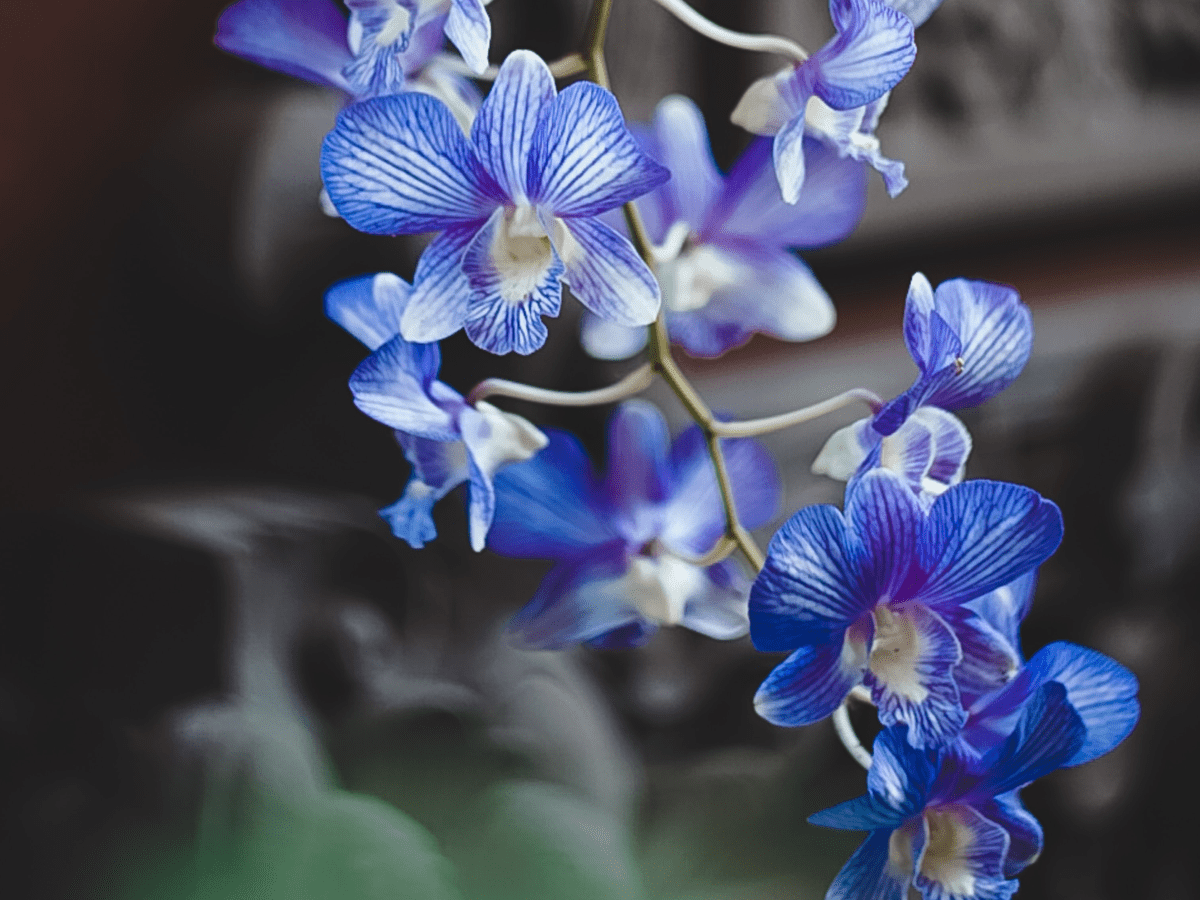Introduction:
Orchids are stunning plants known for their beautiful and exotic blooms, but they can be quite finicky and challenging to care for. If your orchid is looking wilted, losing leaves, or not blooming, don’t despair! With the right care, you can revive a dying orchid and restore it to its former glory. Here’s a step-by-step guide to help you nurse your orchid back to health.

1. Assess the Orchid’s Condition
Signs of Distress
Before you begin the revival process, it’s crucial to understand what’s wrong with your orchid. Look for these common signs of distress:
- Yellowing or drooping leaves
- Wrinkled or shriveled leaves
- Brown or black spots on leaves or roots
- Root rot or dry, brittle roots
- Lack of blooming or bud drop
Diagnose the Problem
Identifying the root cause of the problem is essential. Common issues include:
- Overwatering or underwatering
- Insufficient light
- Poor air circulation
- Incorrect temperature or humidity levels
- Pest infestations
2. Correct Watering Practices
Watering Techniques
Improper watering is one of the most common reasons orchids decline. Orchids need just the right amount of water to thrive.
Tips:
- Watering Frequency: Water your orchid when the potting medium is almost dry to the touch. Typically, this means watering once a week, but it may vary based on the environment.
- Water Quality: Use room-temperature, distilled, or rainwater. Tap water with high chlorine content can harm your orchid.
- Watering Method: Water thoroughly, allowing water to flow through the pot and drain completely. Avoid letting water sit in the plant’s crown or the pot’s saucer to prevent rot.
3. Improve Light Conditions
Light Requirements
Orchids need adequate light to photosynthesize and bloom. Different orchid species have varying light needs, but most prefer bright, indirect light.
Tips:
- Location: Place your orchid near an east or south-facing window where it can receive morning sunlight but be shielded from harsh afternoon sun.
- Supplemental Lighting: If natural light is insufficient, use grow lights designed for orchids to provide the necessary light levels.
4. Adjust Temperature and Humidity
Ideal Environment
Orchids are tropical plants that thrive in specific temperature and humidity conditions.
Tips:
- Temperature: Maintain daytime temperatures between 70-80°F (21-27°C) and nighttime temperatures between 60-70°F (15-21°C).
- Humidity: Orchids prefer humidity levels between 50-70%. Increase humidity by using a humidity tray, placing a humidifier nearby, or misting the plants regularly.
5. Repotting and Root Care
Potting Medium
The health of your orchid’s roots is crucial. Repotting your orchid can help if the current potting medium is breaking down or if the roots are rotting.
Tips:
- When to Repot: Repot orchids every 1-2 years, preferably after they have finished blooming.
- Potting Medium: Use a well-draining orchid potting mix, such as a blend of bark, perlite, and sphagnum moss.
- Root Inspection: Remove the orchid from its pot and inspect the roots. Trim away any dead, rotting, or damaged roots with sterilized scissors. Rinse the healthy roots with lukewarm water before repotting.
:max_bytes(150000):strip_icc()/pruning-orchids-getty-0523-a8d01230386246bbb4c4cc8eaa7d9af5.jpg)
6. Fertilize Appropriately
Feeding Your Orchid
Orchids need nutrients to support their growth and blooming. Proper fertilization can help revive a struggling orchid.
Tips:
- Fertilizer Type: Use a balanced orchid fertilizer (20-20-20) diluted to half strength. Alternatively, use a bloom-boosting fertilizer (30-10-10) during the growing season.
- Fertilization Schedule: Fertilize orchids every 2-4 weeks during the growing season (spring and summer) and reduce feeding to once a month during the dormant period (fall and winter).
- Flushing: Flush the potting medium with plain water every month to remove any accumulated salts from fertilizer.
7. Pest and Disease Management
Identifying and Treating Issues
Pests and diseases can significantly affect your orchid’s health. Early detection and treatment are key to revival.
Tips:
- Pests: Check for common pests like aphids, spider mites, and scale. Treat infestations with insecticidal soap, neem oil, or rubbing alcohol.
- Diseases: Look for signs of fungal or bacterial infections, such as black spots or mushy roots. Remove affected areas and treat with appropriate fungicides or bactericides.
Conclusion:
Reviving a dying orchid requires patience, careful observation, and tailored care. By assessing your orchid’s condition, correcting watering practices, improving light conditions, adjusting temperature and humidity, repotting and caring for roots, fertilizing appropriately, and managing pests and diseases, you can restore your orchid to its vibrant, blooming state. With the right care, your orchid will thrive and bring you beautiful blooms once again.
FAQs:
1. How often should I water my orchid?
Water your orchid when the potting medium is almost dry to the touch, typically once a week. Adjust the frequency based on your environment and the specific needs of your orchid.
2. What type of light do orchids need?
Most orchids prefer bright, indirect light. An east or south-facing window is ideal. If natural light is insufficient, use grow lights designed for orchids.
3. How can I increase humidity for my orchid?
Increase humidity by using a humidity tray, placing a humidifier nearby, or misting the plants regularly. Aim for a humidity level of 50-70%.
4. When should I repot my orchid?
Repot your orchid every 1-2 years, preferably after it has finished blooming. This helps ensure healthy roots and refreshes the potting medium.
5. How can I treat pests on my orchid?
Inspect your orchid regularly for pests like aphids, spider mites, and scale. Use insecticidal soap, neem oil, or rubbing alcohol to treat infestations and maintain proper air circulation around the plants.










